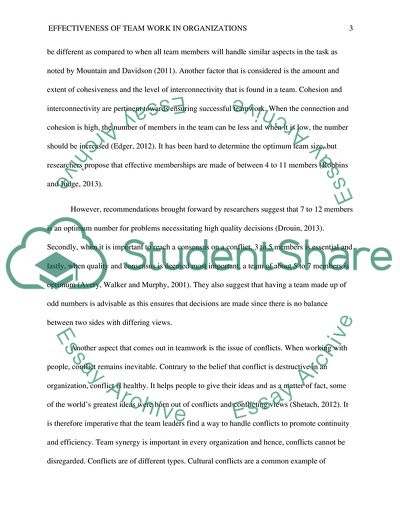Cite this document
(Effectiveness of Teamwork in Organizations Essay, n.d.)
Effectiveness of Teamwork in Organizations Essay. Retrieved from https://studentshare.org/human-resources/1642563-team-leader-interview
Effectiveness of Teamwork in Organizations Essay. Retrieved from https://studentshare.org/human-resources/1642563-team-leader-interview
(Effectiveness of Teamwork in Organizations Essay)
Effectiveness of Teamwork in Organizations Essay. https://studentshare.org/human-resources/1642563-team-leader-interview.
Effectiveness of Teamwork in Organizations Essay. https://studentshare.org/human-resources/1642563-team-leader-interview.
“Effectiveness of Teamwork in Organizations Essay”, n.d. https://studentshare.org/human-resources/1642563-team-leader-interview.


